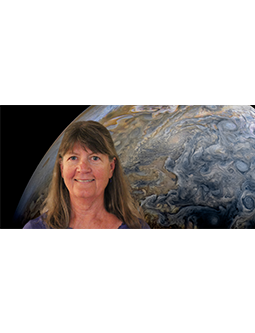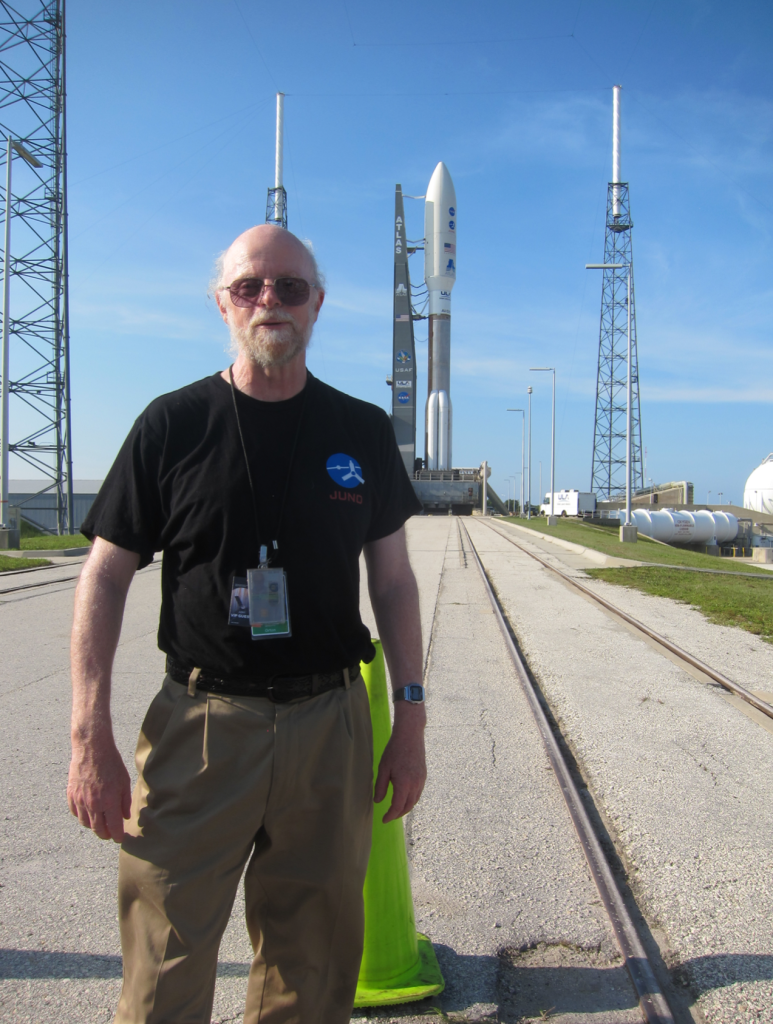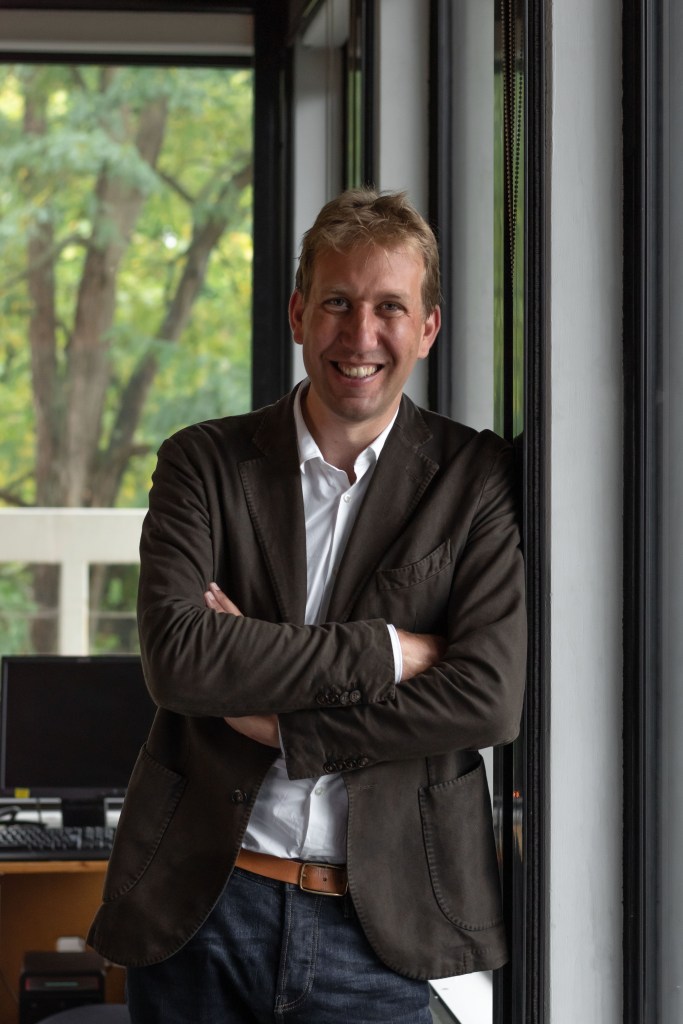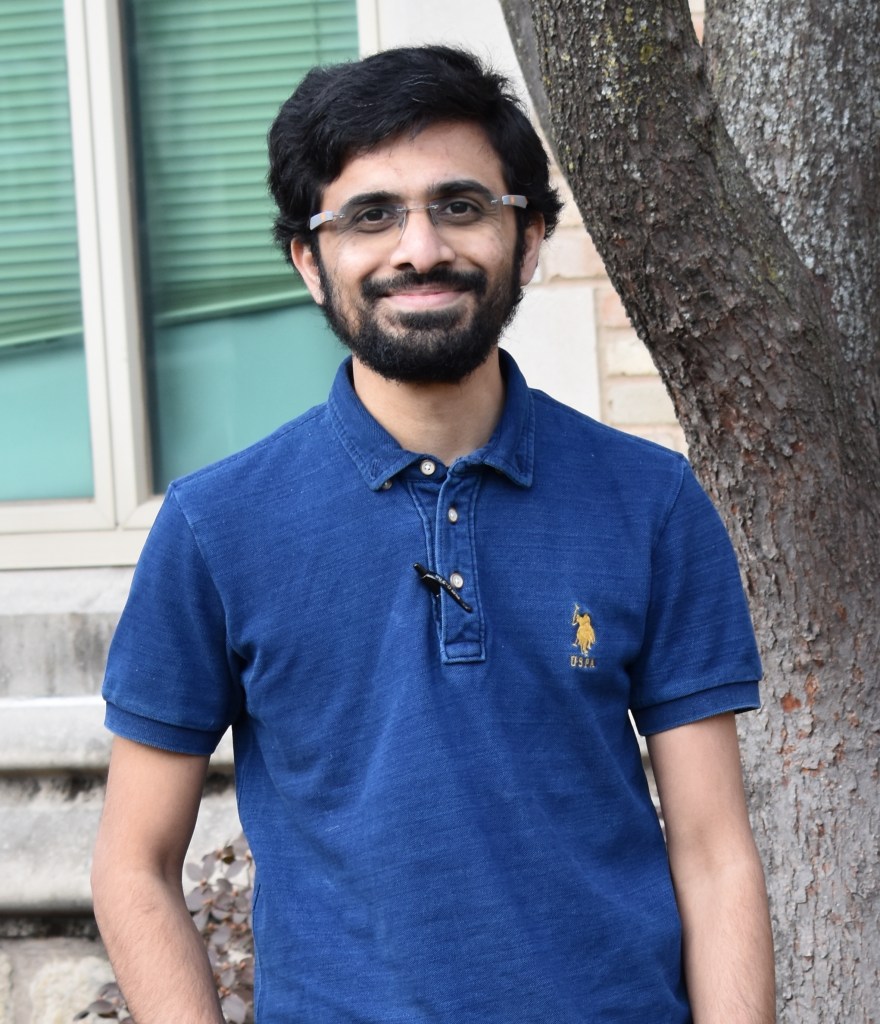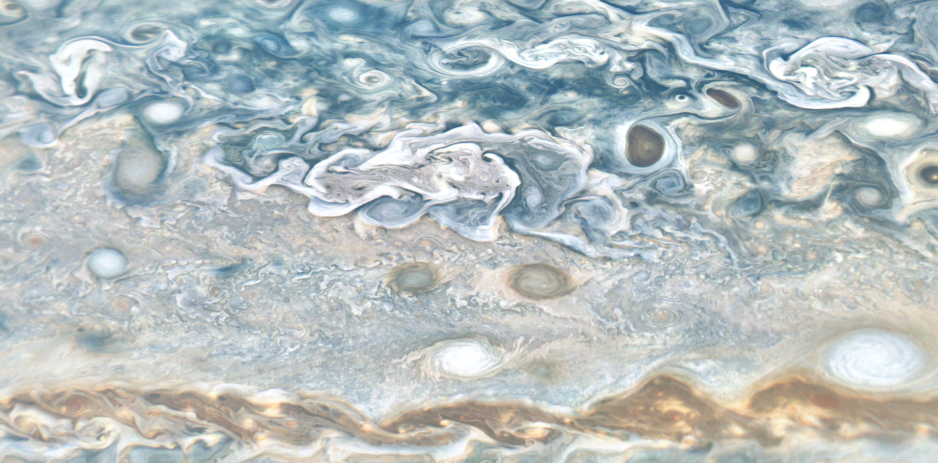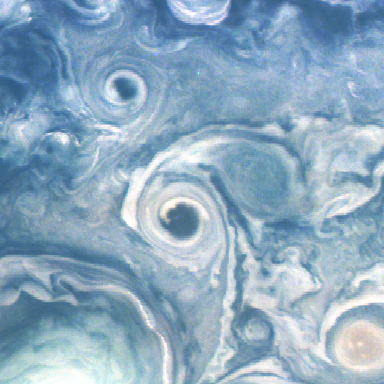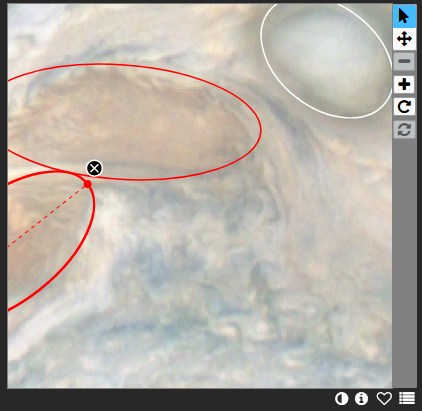Jovian Vortex Hunter
Are you enchanted by the mysterious swirls and eddies in Jupiter’s atmosphere? These patterns, called “vortices” can teach us about what Jupiter’s atmosphere is made of. Indulge your fascination by joining the Jovian Vortex Hunter project, and help scientists understand this gas giant planet! The project examines cloud formations on Jupiter — their shapes, colors, sizes, and distribution from the Jovian equator to its poles. You’ll view the latest images from NASA’s Juno mission and catalog storms bigger than the entire Earth.
project task
Examining images
division
Solar System
where
Online
launched
2022
What you'll do
- Examine images of Jupiter’s clouds and mark and map the vortices that you see.
- Uncover the patterns of vortices in Jupiter’s atmosphere to reveal the underlying dynamics.
- Share and discuss what you are seeing with other project participants and the science team in the project’s Talk forums.
Requirements
- Time to get started: 5-15 minutes to complete the tutorial
- Equipment: Web-connected computer or phone.
- Knowledge: None. The in-project tutorial provides all the instruction you’ll need.
Get started!
- Visit the project website.
- Click “Classify” and complete the tutorial to learn how to identify, classify, and or circle vortices in images.
- Start your exploration of the swirling gas clouds of Jupiter!
Learn More
Keep up to date with the project’s progress by reading the Jovian Vortex Hunter blog. You can also learn about JuDE, a new tool for exploring what lies around the vortices you see in the Jovian Vortex Hunter’s workflow.
Want to do more with the science and beauty of Jupiter’s gaseous cloudy surface? Check out JunoCam!
And finally, follow the project on X @jvnvortexhunter!
Get to know the people of Jovian Vortex Hunter!


